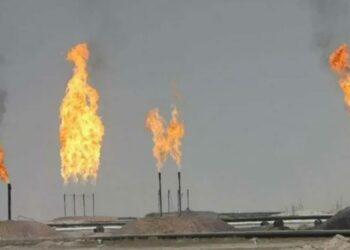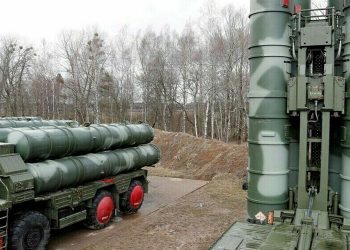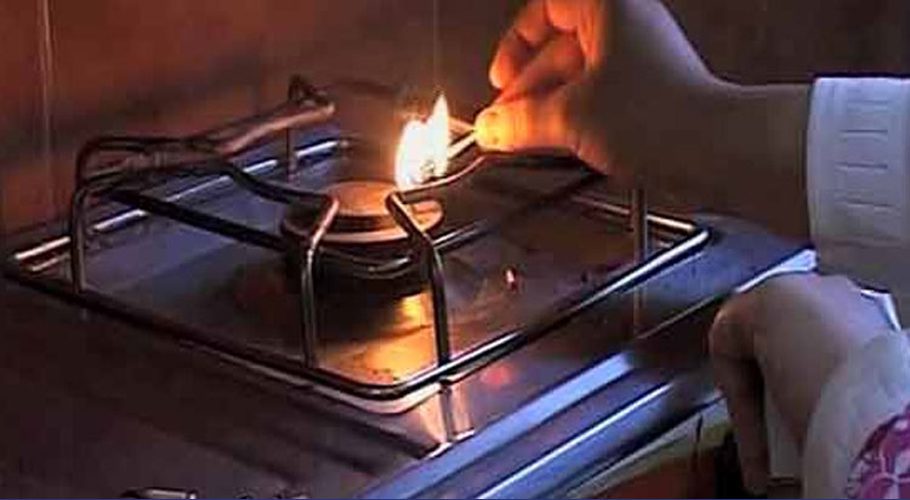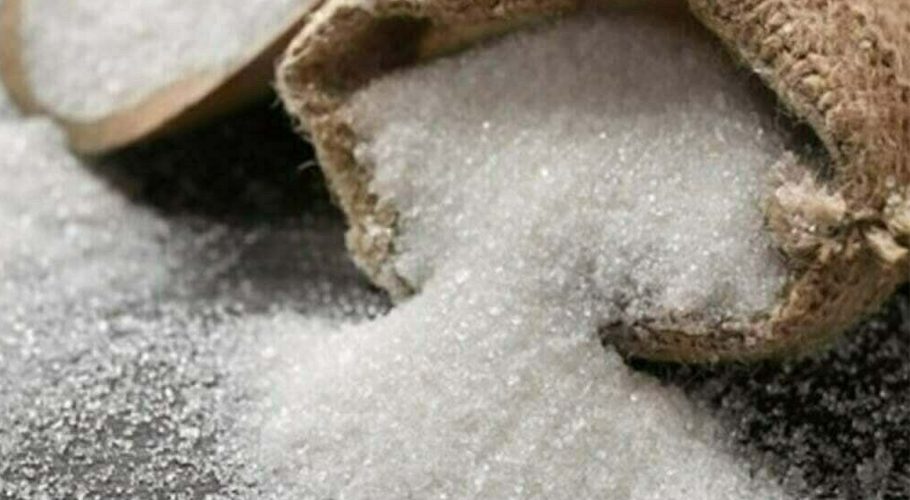KARACHI: Pakistan’s real effective exchange rate (REER), the cost of international trades, hit 32-month high at 103.3 in April, posting a change of 2.8 percent from the previous month’s level of 100.5.
REER at 100.5 meant the cost of imports and exports stood balanced in March. The real effective exchange rate below 100 means the country’s exports remain competitive and import expensive. The situation reverses when REER stands above 100 on the index.
The REER index has been increasing since January, when it dropped to 95.2 from 96.3 in December 2020. The REER index returned to over 100 in March after more than two years.
REER increased after the rupee-dollar exchange rate hit Rs153.45 to the greenback on April 30. Since then the rupee has lost over 0.6pc against the dollar to fall to Rs154.4 on May 31, which means the REER may drop from the April level when the central bank publishes the index for May.
REER – the cost of trades – is calculated through taking into account the value of the country’s currency versus basket of trading partners’ currencies, inflation reading in domestic and trading partners’ countries, export competitiveness between the country and trading partners in a third country.
Earlier in May 2019, the State Bank of Pakistan (SBP) replaced the controlled rupee-dollar exchange rate system with market-based exchange rate system. This means now market forces determine the rupee-dollar exchange rate based on the demand and supply situation of the foreign currency in the domestic economy.


































